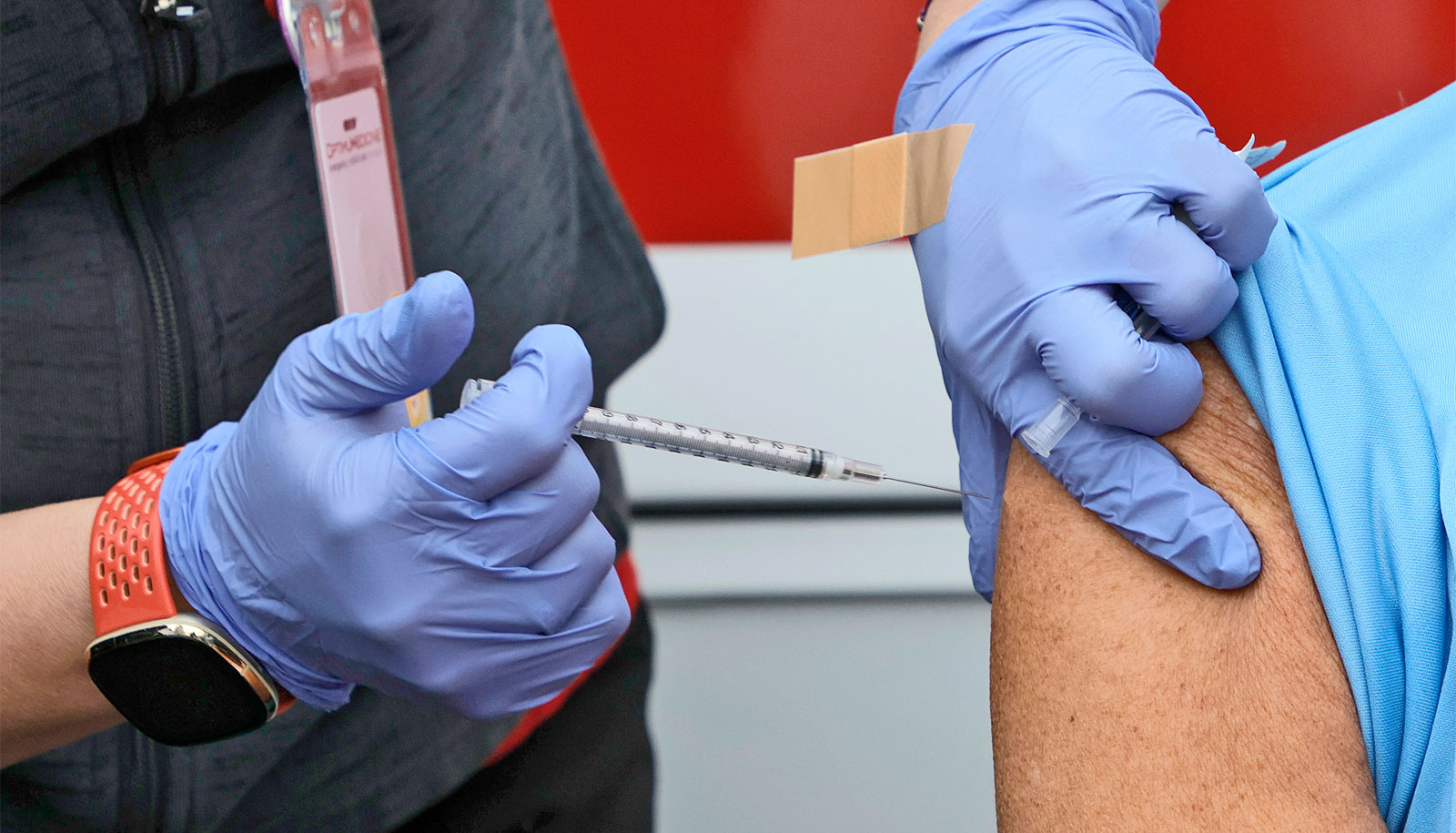Scientists are working to make annual flu shots a thing of the past with a universal flu vaccine that would protect against most or all seasonal and pandemic strains.
One of the most promising strategies—creating a vaccine that targets the “stalk” of a protein that covers the flu virus—is a strong one, but it isn’t completely bulletproof.
The flu virus results in an estimated 1 billion infections, 3 to 5 million cases of severe disease, and 300,000 to 500,000 deaths annually.
The hemagglutinin protein, which blankets the outside of the flu virus, looks a bit like a flower; it has a stalk (think stem) and a head (think petals). Current vaccines target the head, which is the part of the virus that’s always changing in an effort to evade our immune defenses.
The head sits on the stalk, and it’s believed that the stalk stays relatively constant from one strain of flu to another. Directing a vaccine and the body’s immune response towards the stalk is a seemingly logical strategy for creating a shot that would provide broad protection.
But, contrary to current assumptions, new research shows the stalk can change, although not as easily or frequently as the head.
Researchers used supercomputers to analyze the genetic sequences of human H1N1 flu viruses circulating since 1918 and found variations in both the head and the stalk, although variability was highest in the head region.
In the lab, they coupled the H1N1 virus with human antibodies—immune system soldiers that fight off foreign invaders. Not surprisingly, repetitive exposure to the antibodies caused many mutations in the head, as it worked to escape the immune system’s clutches.
But, it led to a few modifications in the stalk, too, suggesting that the stalk can vary in response to pressure from the immune system.
“The good news is that it’s much more difficult to drive mutations in the stalk, but it’s not impossible,” says David J. Topham, professor of microbiology and immunology at the University of Rochester Medical Center and author of the study in Scientific Reports.
Maybe more adults should get the high-dose flu shot
“A universal flu vaccine based on the stalk would be more broadly protective than the ones we use now, but this information should be taken into account as we move forward with research and development.”
The flu virus results in an estimated 1 billion infections, 3 to 5 million cases of severe disease, and 300,000 to 500,000 deaths annually, according to the World Health Organization.
Current vaccines, which require experts to pick the flu strains that they believe are going to circulate in a given year, are typically 40 to 70 percent effective in the United States, though in some years protection is as low as 20 percent.
Source: University of Rochester



